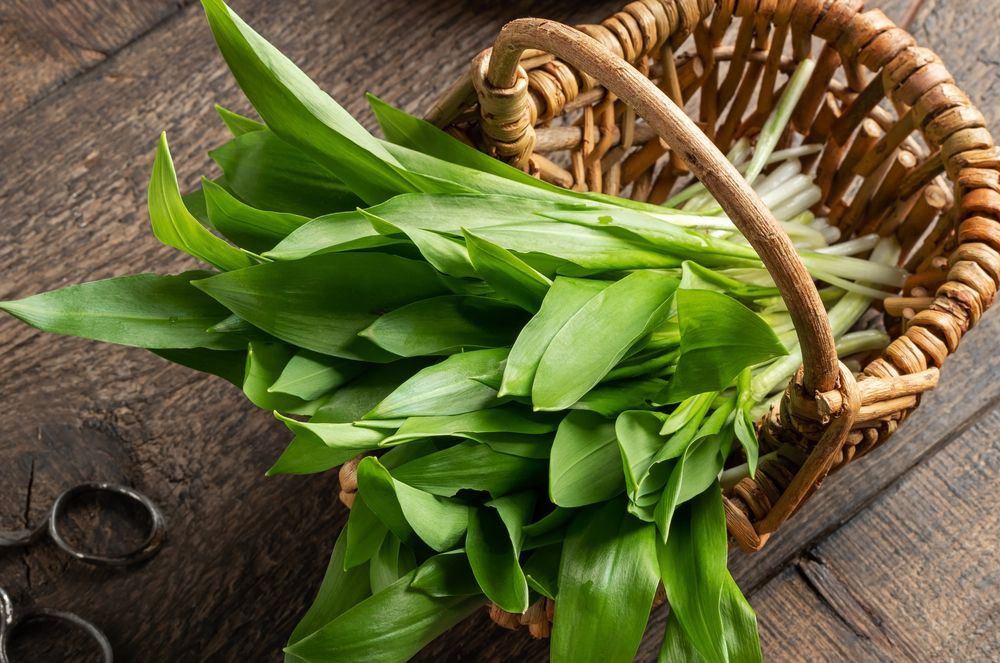Now it’s Wild Garlic Season
Spring has finally arrived, and a number of herbs are already stretching out towards the sun’s rays. In light forests we can now perceive a fine scent that comes from the green wild garlic fields. The time has come to harvest this versatile herb!
The wild garlic smell is reminiscent of garlic, chives and onions and testifies to their relationship. They all belong to the amaryllis family and the leek subfamily. Wild garlic allegedly got its name from bears who, after hibernating, were said to have eaten this herb in large quantities to stimulate their digestive tract. This herb with the garlic-like taste not only enriches our spring menu. It also provides valuable ingredients such as potassium, iron and vitamin C as well as various secondary plant substances that are responsible for the healing properties of the leek plant. Similar to garlic, wild garlic has an antihypertensive, digestive, detoxifying and diverting effect. It probably even prevents atherosclerosis. Bear’s garlic contains the sulfur-containing amino acid Allin. When the plant is cut or rubbed, enzymes convert this protein component into leek oil (allicin), which has an antibiotic effect.
On the wild garlic hunt
The best time to hunt wild garlic is between March and May. You can also harvest it when it is already in bloom. But before flowering, all the power of the plant is in the leaves and it tastes best. When harvesting, one should be careful and harvest individual leaves without a stem with a ceramic knife. Only a few plants have to be cut off from a single spot in order to preserve the stand. Very important: take a good look at the harvested crop and rule out any mix-ups. Because autumn crocus, lilies of the valley and arum are poisonous look-alikes that sometimes sneak into the wild garlic carpet. However, if you are careful you can easily tell them apart. Relying only on the smell doesn’t help. If you have picked up some wild garlic leaves, everything smells like garlic.
So it’s better to pay attention to the clear characteristics: With wild garlic, each leaf comes out of the ground with its own petiole. It is matte on the back and has a distinct vein of leaves and parallel leaf veins. The leaf of the arum also has its own petiole, but the leaf veins run like a network. The leaves are more rounded. The autumn crocus develops a shoot with several leaves on a stem – without a distinct petiole.… weiterlesen

CultureAndCream author from Munich
As a nutritionist and passionate cook, I am interested in everything that has to do with good food. For me, enjoyment is a priority. As I see it, only when something tastes good can it be good for the body and, after all, the health aspect can’t be neglected. When I am on the road, I love to try local specialities, provided they are vegetarian. More recently I have embarked on an intensive study of wild plants, their traditional healing effects as well as their culinary potential. An exciting field! My other passion is opera, music which simply opens my heart and I attend performances just as often as I possibly can.
